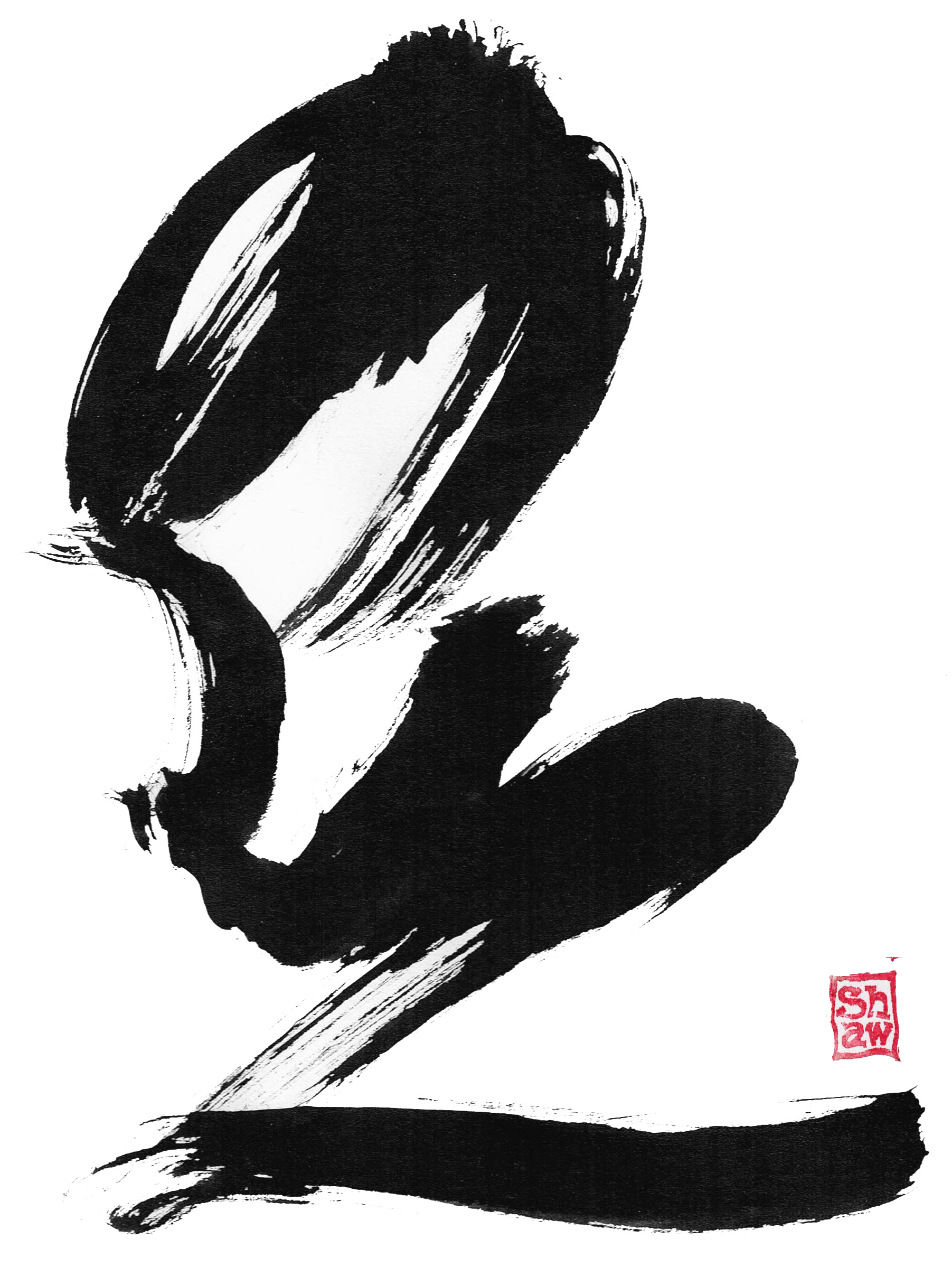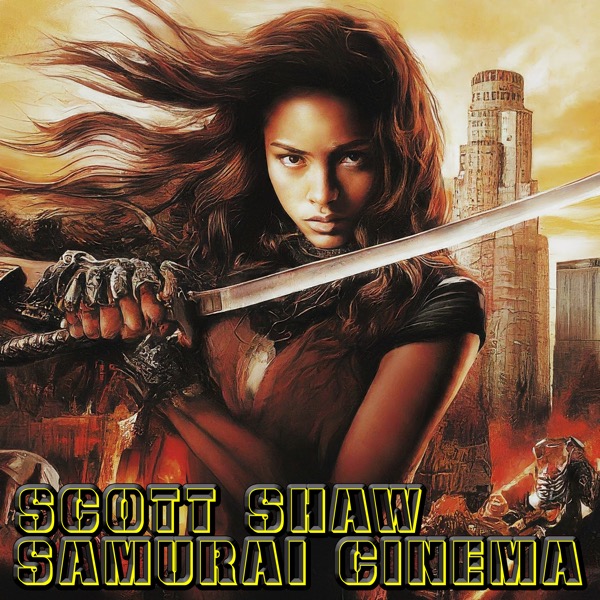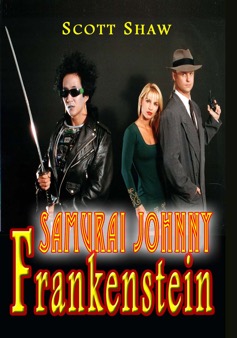Swordsman in the Shadows: The Enduring Influence of Samurai in Scott Shaw Cinema



Swordsman in the Shadows:
The Enduring Influence of Samurai in Scott Shaw Cinema
Scott Shaw's filmography transcends mere genre classification. It delves into a world where cyborgs clash with vampires, and post-apocalyptic landscapes cradle neon-soaked dreams. Yet, amidst this diverse tapestry, one unifying thread emerges: the enduring influence of the samurai. This essay will explore this influence, focusing primarily on Samurai Johnny Frankenstein and examining its thematic, visual, and narrative echoes of the samurai tradition.
Bushido's Ghost: Themes of Honor and Redemption
Samurai Johnny Frankenstein isn't a literal samurai tale. However, it breathes life into the spirit of Bushido, the code of honor guiding samurai warriors. Protagonist, Sam Rockmore, a trench coat-clad vigilante, embodies the samurai's unwavering sense of duty and his willingness to sacrifice for a greater cause. He fights against corrupt corporations and monstrous creations, upholding his own moral compass even in a dystopian world. Even the film's title character, a Frankensteinian monster seeking redemption, reflects the samurai's pursuit of restoring lost honor. This theme resonates further through the introspective lens of Zen philosophy, another cornerstone of samurai culture. The film's contemplative moments, particularly those involving the cyborg monk Cyteck 342, evoke the Zen ideal of inner peace and self-awareness.
Beyond Formality: Visual Homages and Modern Interpretations
The samurai influence bleeds into Samurai Johnny Frankenstein's visual language. While Sam's attire might seem far removed from a traditional samurai's garb, his baggy suit and fedora become modern reinterpretations of the hakama and uwagi. The film's climax, set on an urban railway, is a direct visual reference to samurai aesthetics of the never ending battle moving forward forever. However, Shaw avoids falling into mere imitation. He blends these visual elements with cyberpunk and film noir influences, creating a unique aesthetic that pays homage to the samurai while remaining distinctly Shaw's own.
From Lone Wolf to Modern Ronin: Narrative Parallels
Samurai Johnny Frankenstein echoes classic samurai narratives in its structure. Sam, like countless lone samurai heroes, battles overwhelming odds, driven by his own sense of justice. He embodies the ronin archetype, a samurai without a master, forging his own path in a world devoid of order. The film's narrative arc also reflects the samurai's pursuit of redemption. Sam seeks to atone for past wrongs, a quest central to many samurai tales.
Beyond "Samurai Johnny Frankenstein": A Broader Influence
While Samurai Johnny Frankenstein offers the most obvious case, the samurai influence extends to other Shaw films. Samurai Vampire Bikers from Hell blends the samurai spirit with the biker gang aesthetic, while Shaw's preoccupation with Zen philosophy permeates many of his works.
Conclusion: A Legacy Forged in Steel and Shadow
Scott Shaw's films might not be classified as samurai stories in the strictest sense. However, they undeniably carry the torch of this warrior culture. Samurai Johnny Frankenstein stands as a prime example, seamlessly weaving samurai themes, visuals, and narratives into a unique cinematic tapestry. By blending homage with creative reinterpretation, Shaw ensures that the spirit of the samurai continues to resonate, even in the neon-drenched shadows of his dystopian visions.

Samurai Johnny Frankenstein DVD
Samurai Johnny Frankenstein on Amazon Prime Video
Samurai Johnny Frankenstein Black and White on YouTube
Samurai Johnny Frankenstein Black and White on Amazon Prime Video